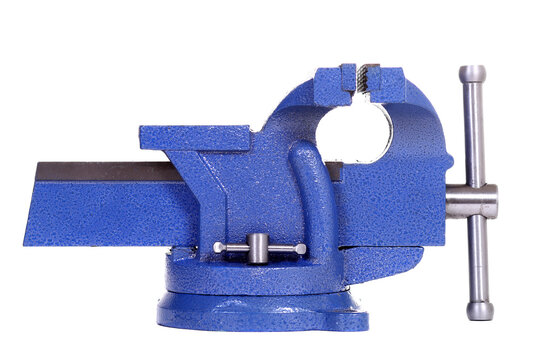Project Report For Vise Manufacturing
Introduction
Project Report Vise Manufacturing pot is as follows
A vise is a crucial tool for manufacturing processes, especially finishing processes. During the manufacturing process, a vice is used to hold an object. For instance, during the cutting process, a vice helps to keep the object motionless. A vise is made up of several components, including a platform, a clamping body, and a clamp jaw.
Each vice component must be produced using a different manufacturing process. Therefore, when designing a production layout for the manufacture of vises, these processes must be taken into account. The purpose of this paper is to illustrate the process and material flow design for the production of vises.
Process design is concerned with setting up each step of the manufacturing process. Process design tools include routing sheets. A routing sheet compiles data from the manufacturing floor regarding the steps needed to manufacture a component of the product. The routing sheet includes the following information:
- The kind of processing required for each product component,
- The processing times,
- The raw materials required.
These details are necessary to support the placement of the machines and determine the production capacity.
Machine arrangement is carried out following the identification of the manufacturing processes for each part. Because it controls the flow of materials on the production floor, this step is crucial in the planning of the production layout.
The flow of materials could be increased by a mistake in the machine arrangement, which would raise the cost of material handling. A from-to chart is one of the tools that can be used to set the production floor’s machine sequencing. By calculating the total amount of material moved, a from-to chart is used to assess the initial arrangement of machines. In order to identify better sequences with fewer material movements, this paper focuses on evaluating the proposed machine sequences using a from to chart.

Advantages of Vise Machine
- The Universal Vice, the most versatile of all machine vices, allows the work piece to be set at any desired angle.
- The ability to set this vice perpendicular to the base allows for right angle machining on the same machine setting.
- Allows the job to be set at low heights, which is especially useful for the most difficult grinding applications.
- The fully graduated 360° swivel base allows for complete vertical axis rotation. The third angular side with a moving axis allows for any 3D plane setting.
- The sliding jaw runs on precisely ground surfaces that are fitted with hardened steel keep strips, ensuring perfect alignment and rigidity.
- Positive locking is used for all swivelling movements.
- Hold Down” slots allow the vice to be securely clamped to the work table.
Project Report Sample On
Vise Manufacturing
Get Completely Custom Bankable Project Report
Market Potential of Vise Manufacturing
Machine Tool Vise Market to Reach $544.21 Billion by 2024 at a CAGR of 2.42% By 2030 Highlighted
Global Machine Tool Vise Market 2022 provides in-depth and fundamental research on the market’s future prospects, as well as current and emerging trends. Machine Tool Vise Market research report also discusses the industry’s methodical outlook, taking into account factors such as Machine Tool Vise market growth, consumption volume, market trends, and cost structure during the forecast period 2022-2030. This study provides users with a thorough understanding of the Machine Tool Vise Market.
The global machine bench vices market is expected to expand rapidly in the near future. The global machine bench vices market is being driven by the rapid expansion of the industrial manufacturing sector and an increase in demand for portable machine bench vices. Furthermore, due to rapid developments in industrial sectors, the number of work shops where drilling and milling machines are used is increasing. This is boosting the market for machine bench vices. Furthermore, most machine tool manufacturers obtain bench vices as standard equipment from small-scale industries as sub-contracting work.

